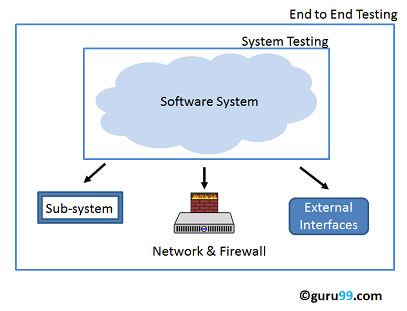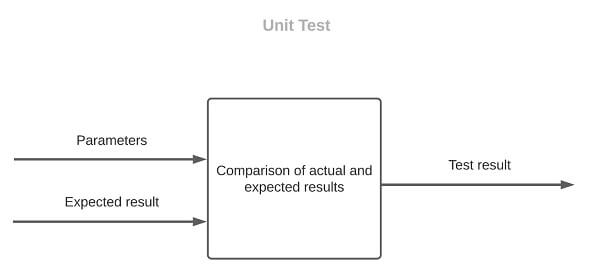Difference between end-to-end testing and Unit TestingThis article will provide you a detailed comparison between end-to-end testing and unit testing. First, let us understand the concept of end-to-end testing and unit testing before comparing them. What is End-to-End Testing?End-to-end testing is a method of software testing that tries to validate the complete effectiveness and functionality of a system or application from start to finish. This testing strategy focuses on confirming data flow across various system components and subsystems to ensure everything is functioning properly and delivering the desired results. 
The main goal of end-to-end testing is to mimic real-world user scenarios and interactions, including data entering, transaction processing, and result retrieval. The front-end user interface, the back-end databases, and the middleware components are just a few of the application levels that this methodology may have an impact on. End-to-end testing often consists of a number of test cases that cover all of the system's business processes and use cases. These test cases could involve activities like logging in, looking up information, submitting forms, and creating reports. They are created to simulate the actions of an average user. The test cases are run in a controlled testing environment with the system set up to function similarly to how it would in actual production. End-to-end testing, in general, plays a crucial role in the software development lifecycle by assisting in ensuring that programmes and systems work as intended and satisfy user needs. What is Unit Testing?The goal of unit testing is to test each individual unit or component of an application separately, typically at the code level. Unit testing is developing test cases to ensure that each unit behaves as expected under various circumstances. A unit can be a function, method, class, or module. 
Unit tests typically involve creating test cases that cover various scenarios and edge cases that a unit may encounter during its execution. Test cases can include input values, expected output, and any other conditions or constraints that the unit must adhere to. Test cases are executed in isolation, and any failures or errors are reported to the developer for debugging and resolution. The ability to help in the early detection of faults or issues during the development process, before they can develop into more severe worries for the system, is one of the main benefits of unit testing. Developers can quickly find problems and correct them before they spread across the system by separating sections of code and testing them separately. Unit testing is a successful technique for testing independent application modules or components, to sum up. The development process, the quality of the codebase, and the likelihood that the system will experience more severe issues can all benefit from early defect discovery. Difference between End-to-End testing and Unit Testing
These are some of the key differences between end-to-end testing and unit testing. Both testing techniques have their strengths and weaknesses and can be used together to provide comprehensive testing coverage for a software application or system. |
 For Videos Join Our Youtube Channel: Join Now
For Videos Join Our Youtube Channel: Join Now
Feedback
- Send your Feedback to [email protected]
Help Others, Please Share










